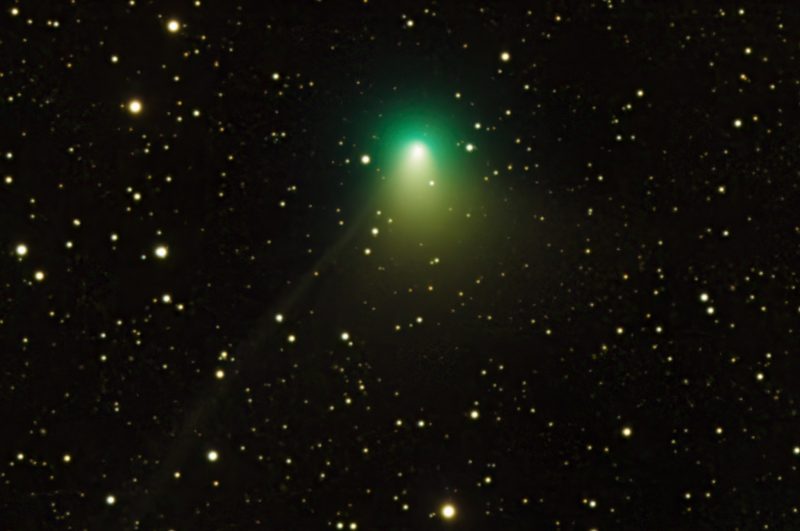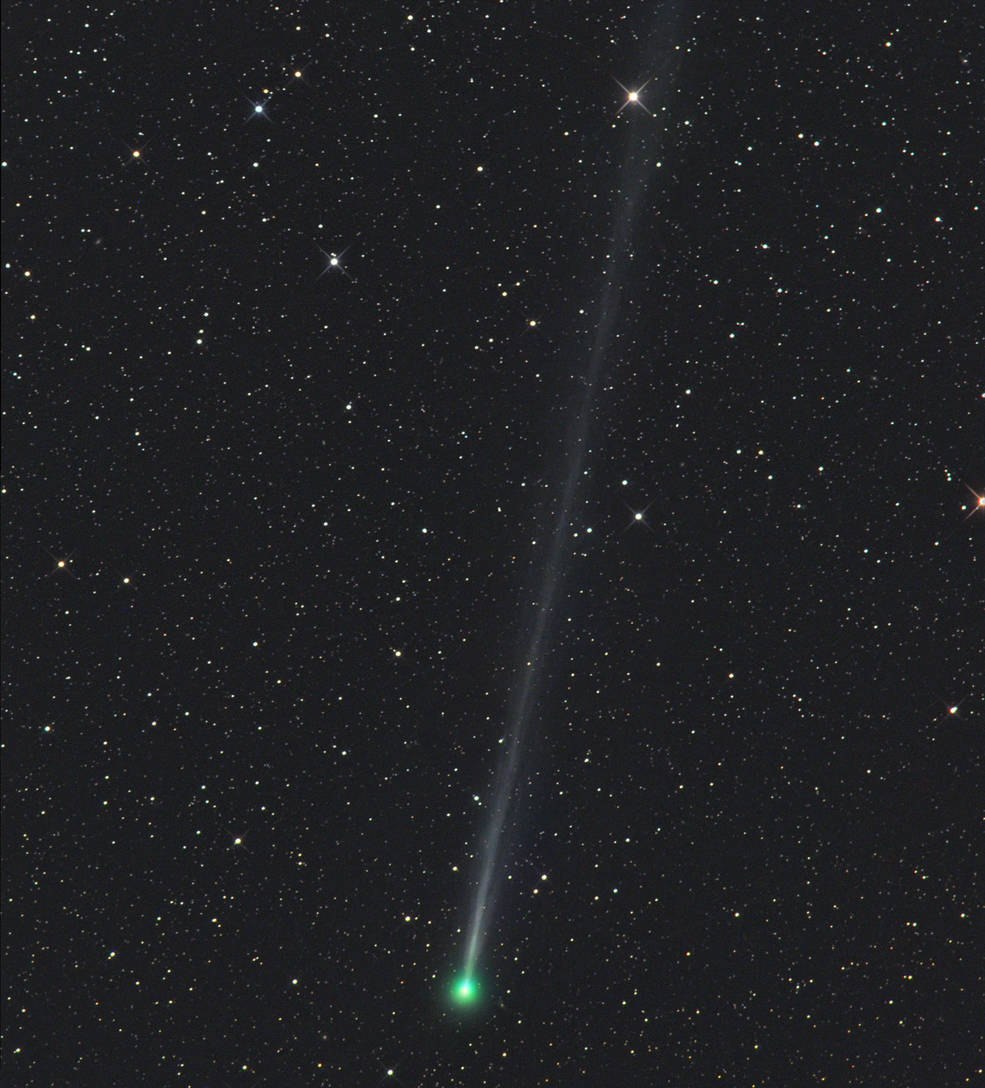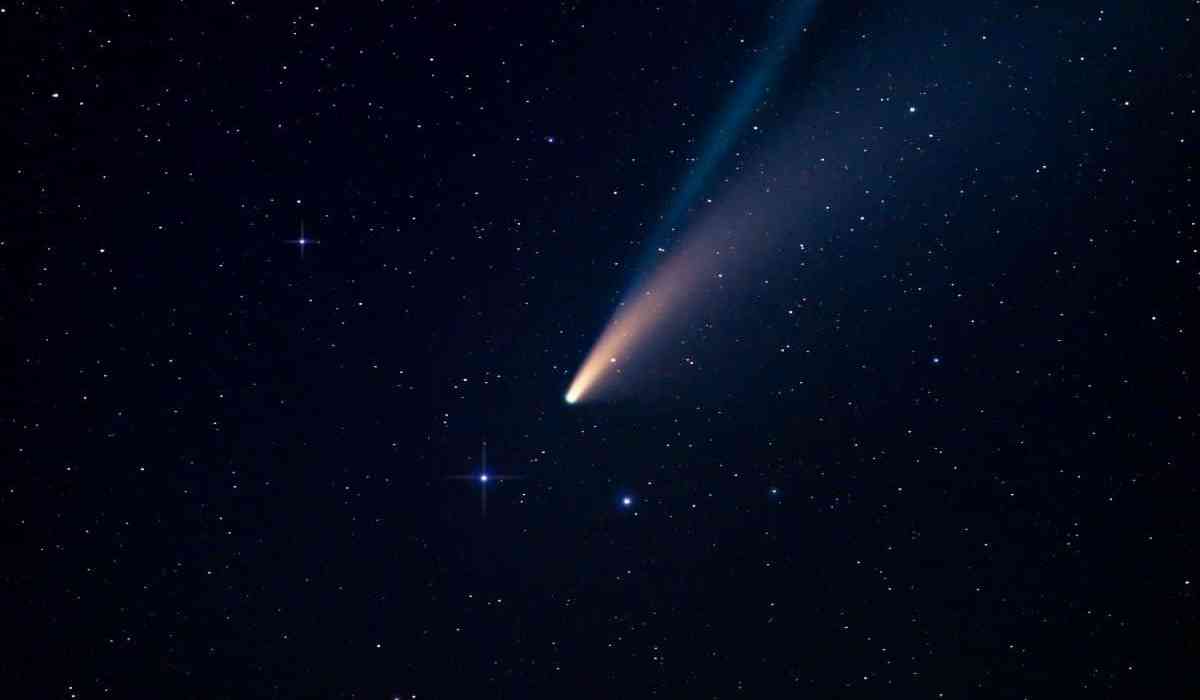
Astronomers say that when a recently discovered comet passes Earth for the first time in 50,000 years in the coming weeks, it could be seen by the naked eye in the dark skies. The C/2022 E3 (ZTF) comet was first observed in March 2022 by the wide-field survey camera of the Zwicky Transient Facility.
Nasa stated last month that although the long-period comet's brightness has increased significantly since its discovery, it is still too dim to see without a telescope. On January 12, the comet will be closest to the Sun, and on February 1, it will be closest to Earth. According to Nasa, the C/2022 E3 (ZTF) comet could become "only just visible in night skies" by February 1, even though comet brightness is notoriously unpredictable.

But this isn't a first for the Earth. Here are some comets that have made close approaches to Earth:
Halley's Comet: This comet is one of the most famous comets and is visible from Earth approximately once every 76 years. It made its most recent close approach to Earth in 1986.
Comet Hyakutake: This comet made a close approach to Earth in 1996 and was visible to the naked eye for several weeks.
Comet Hale-Bopp: This comet made a close approach to Earth in 1997 and was visible to the naked eye for several months.
Comet McNaught: This comet made a close approach to Earth in 2007 and was visible to the naked eye during the day.

Comet Lovejoy: This comet made a close approach to Earth in 2011 and was visible to the naked eye for several weeks.
Comet ISON: This comet made a close approach to Earth in 2013 but did not survive its close encounter with the Sun.
Comet Siding Spring: This comet made a close approach to Mars in 2014 and passed within about 87,000 miles of the planet.
Comet Pan-STARRS: This comet made a close approach to Earth in 2013 and was visible to the naked eye for several weeks.
Comet 67P/Churyumov-Gerasimenko: This comet, studied by the European Space Agency's Rosetta spacecraft, made a close approach to Earth in 2015.
Comet 41P/Tuttle-Giacobini-Kresák: This comet made a close approach to Earth in 2017 and was visible to astronomers using telescopes.

It is worth noting that the distances at which comets make close approaches to Earth can vary widely, and some can pass much closer to the Earth than others.
© Vygr Media Private Limited 2022. All Rights Reserved.























